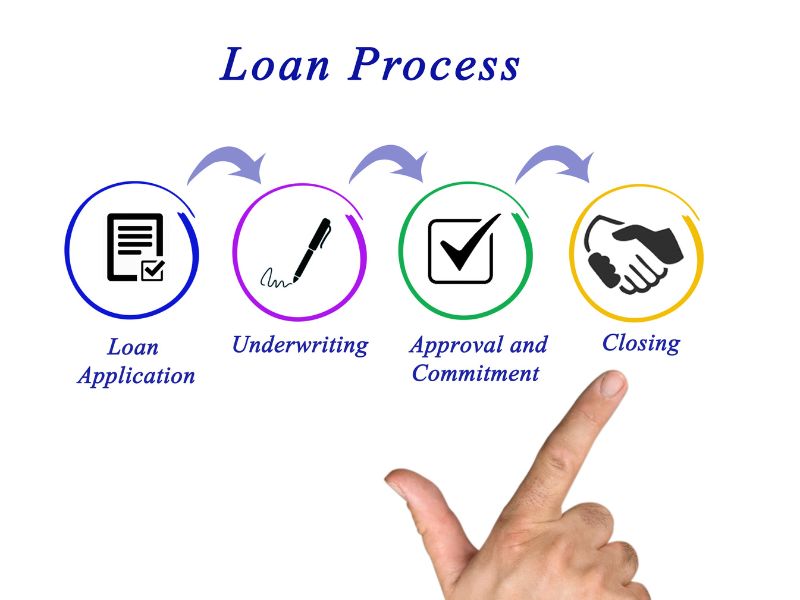The draw process for a construction loan involves a detailed mechanism for managing funds throughout the construction phase of a property. Here are some additional points to consider:
Initial Approval: Before construction begins, the lender approves the borrower for a construction loan based on factors such as creditworthiness, project feasibility, and the borrower’s ability to repay.
- Loan Disbursement Schedule: The borrower and the lender agree upon a disbursement schedule that outlines when funds will be released at various stages of the construction process. This schedule is often based on project milestones.
- Construction Begins: Once the borrower secures the necessary permits and begins construction, they notify the lender that work has started.
- Inspections and Documentation: Throughout the construction process, the lender may conduct inspections to ensure that the work is progressing according to plan and that funds are being used appropriately. The borrower may need to provide documentation such as invoices, receipts, and progress reports.
- Draw Requests: As the project reaches certain milestones, the borrower submits draw requests to the lender. These requests specify the amount of money needed to cover expenses up to that point.
- Lender Review: The lender reviews the draw request along with any supporting documentation to verify that the work has been completed satisfactorily and that the requested funds are justified.
- Funds Disbursement: If the lender approves the draw request, they disburse the funds to the borrower or directly to contractors and suppliers.
- Repeat Process: The draw process continues throughout the construction phase until the project is completed. Each draw request is evaluated based on the progress of the construction and the amount of funds needed to complete the next stage.
- Completion and Conversion: Once construction is complete and all necessary inspections have been passed, the construction loan may be converted into a permanent mortgage or another type of long-term financing.
It’s essential for both the borrower and the lender to communicate effectively throughout the draw process to ensure that the project stays on track and that funds are managed responsibly. Delays or mismanagement can lead to cost overruns, disputes, and other complications.






